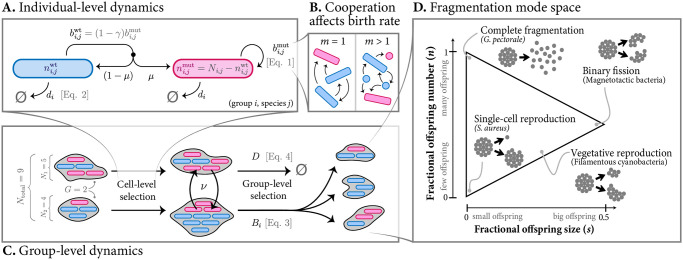Fig 1. Illustration of the main model ingredients.
We consider a community consisting of a varying number G of multicellular groups. Dynamics unfolds via simultaneous stochastic birth-death processes at both the individual level (A) and the group level (C). A: Each group i is composed of Ni cells, of which Ni,j cells belong to species j. Of these, a number are wild-type (blue), and the remaining are mutants (red). The birth rate of mutants is given by (Eq 1); the birth rate of wild-type cells is , where γ is the cost of cooperation. Mutations occur at birth with a probability μ. All cells in the group have the same death rate, di (Eq 2). B: Cooperation on the part of wild-type cells (e.g., by producing public goods—indicated with arrows—that are consumed by other cells) determines cell birth rate. In the single-species case (m = 1) cooperation occurs between individuals of the same species. In the multi-species case (m > 1) cooperation occurs across species (e.g., cross-feeding); species are denoted by differently-shaped icons. C: Groups in the community also undergo a birth-death process. (Group-level and individual-level dynamics unfold simultaneously, but they are depicted sequentially for simplicity.) Group death (termed ‘extinction’) occurs at a rate D (Eq 4), and group birth (termed ‘fission’ or ‘fragmentation’) occurs at a rate Bi (Eq 3). At a rate ν, cells can also migrate between groups. D: When a fission event occurs, the parent group fragments into offspring groups. The number and size of offspring groups is determined by the group’s fragmentation strategy. All possible fragmentation strategies in our model can be described using a two-dimensional phase space. Two parameters (s and n) determine the expected size and number of offspring, respectively (as a fraction of the number of cells in the parent group). Cartoons exemplify some modes of fragmentation. We refer to the three corners of the triangle (complete fragmentation, single-cell reproduction, and binary fission) as archetypal modes of fragmentation.

